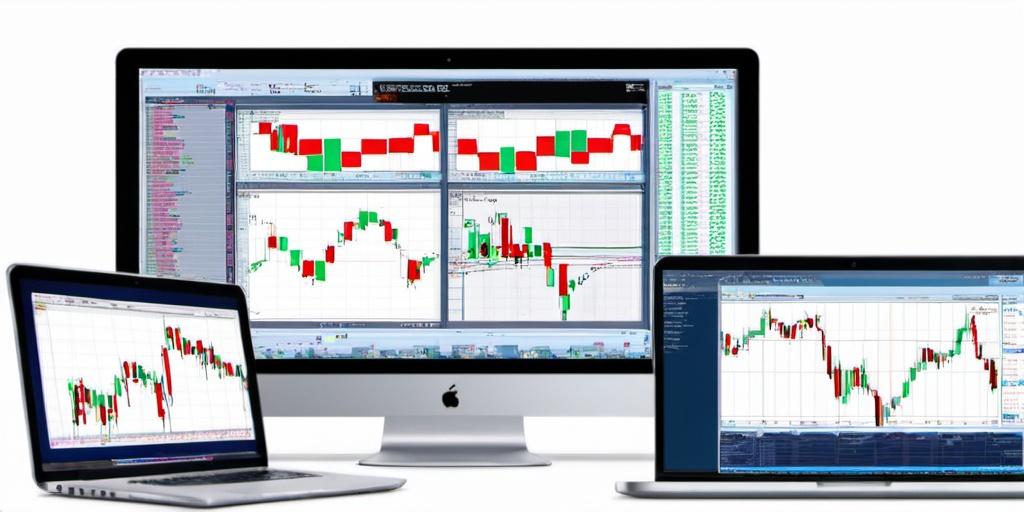Android Trading Apps
YukonSoft >> Android Trading AppsLearn more about Android Trading Apps

Introduction to Android Trading Apps
Trading apps on Android have become the pocket assistants for traders everywhere. From checking the latest market data to executing trades on the go, these apps have made trading an anytime, anywhere affair. If you’ve ever found yourself stuck in line at the grocery store and thought it the perfect time to check your portfolio, you’re not alone. The convenience offered by Android trading apps makes them popular tools for traders of all skill levels.
The Basics of Android Trading Apps
Most Android trading apps offer a set of basic features—think of these as the bread and butter of mobile trading. Users can typically access real-time market data, engage in different analysis tools, and of course, trade securities. Depending on the app, you might also find features for managing risk or evaluating performance. It’s like having Wall Street tucked neatly inside your pocket.
Evaluating the Features
So, how do you choose the right app for your trading journey? Look out for some essential features that can make your life easier. Real-time data is crucial. Nobody likes a lag—especially not in trading. Ease of use is another biggie. If the app feels like a spaceship cockpit and you’re no astronaut, you might be in for some frustration. A user-friendly interface can make all the difference.
There are often tools for technical and fundamental analysis. Graphs, charts, indicators—these will be your guiding stars. If you’re serious about diving into the analysis side of things, pick an app that doesn’t skimp on these tools.
Security Measures
Let’s face it, security is non-negotiable. Unfortunately, the world of online trading isn’t all sunshine and rainbows. Security features like two-factor authentication and data encryption are your first line of defense against potential threats. It’s like having a guard dog for your app—you wouldn’t want just anyone sniffing around your investments.
Popular Android Trading Apps
Different strokes for different folks. Some might swear by Robinhood for its commission-free trades and user-friendly interface. Others might prefer TD Ameritrade for its robust research tools and customer support. Meanwhile, stock market enthusiasts might flock towards E-TRADE’s comprehensive offerings. Each app has its own flavor, catering to different investing styles and needs.
Impact of Fees and Commissions
Fees can eat into your profits quicker than a midnight snack raid. Always check for hidden fees, whether you’re into stocks, forex, or cryptocurrencies. Some apps offer commission-free trades, while others might charge for certain transactions. The choice depends on your trading volume and strategy—do a little homework to ensure you’re getting your money’s worth.
User Experience and Interface
Imagine using an app that feels like wading through molasses every time you try to make a swift trade. Good user experience is a major factor. The app should be intuitive, easy to navigate, and not make you feel like you’re deciphering a cryptic puzzle. Some apps excel in this area with clean designs and straightforward functionalities.
Real-World Examples and Personal Experiences
Nothing beats learning from experience. Many traders have shared stories of both triumph and tribulation. Some praise the convenience, while others have tales of missed opportunities due to sluggish apps or outages during peak trading times. A smart move is to test out any app with paper trading if available—this way, you can get a feel for it without risking hard-earned cash.
Conclusion
Android trading apps are now a staple for modern investors, blending convenience and functionality. While they make trading more accessible, it’s important to do your research before diving in. Consider your needs, preferences, and the app’s features and fees. Understanding these elements will help you make informed choices, ensuring that you can trade with confidence wherever you are.